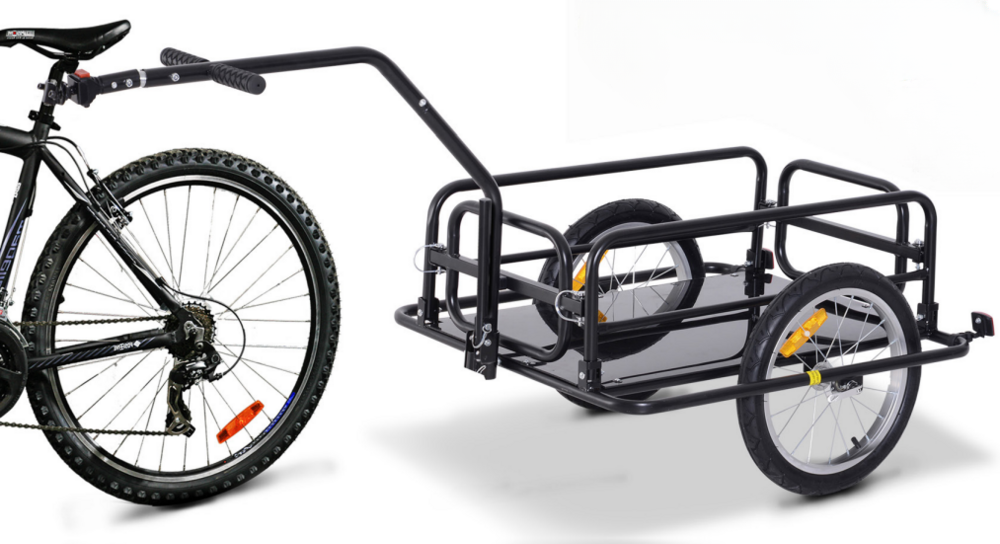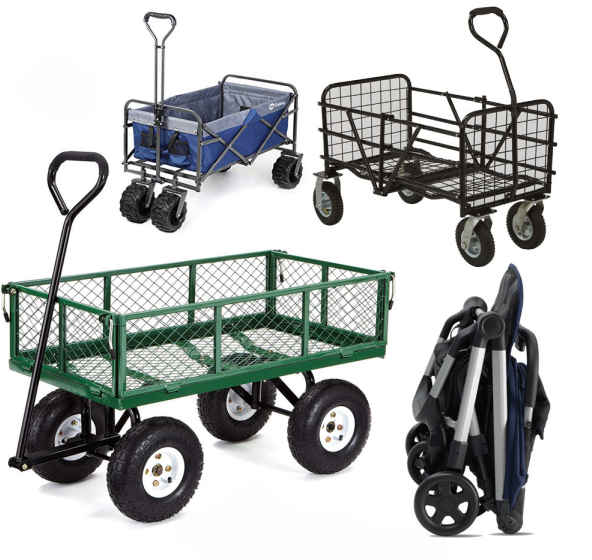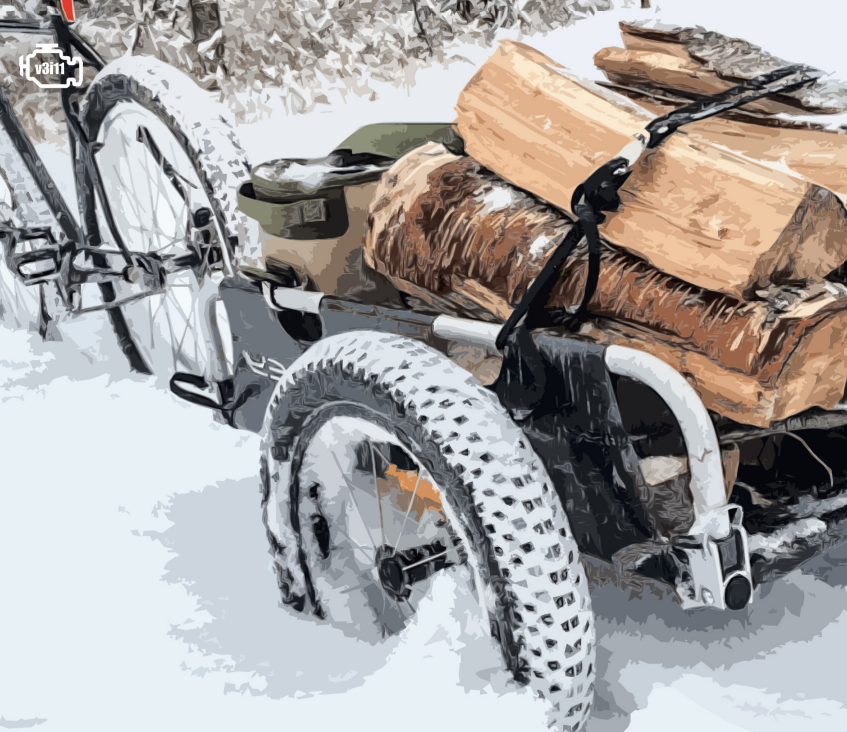If all our planning has gone according to plan, then we have a ‘hardened’ vehicle with sufficient supplies on board, including food, water, communications, navigation, etc., to get out of any urban areas and to a planned ‘alternate’ location. However, “No plan survives its first encounter with the enemy.”
This phrase is most commonly associated with Douglas MacArthur, however, the concept was first in a thesis on war by Helmuth von Moltke the Elder, a Prussian field marshal. His (translated) thesis states, “No plan of operations extends with certainty beyond the first encounter with the enemy’s main strength.”
Why do I mention this? Because there are a lot of lessons and strategies in history that we can learn from for our preparations. (One good resource is The Art of War by Sun Tzu.)

So, what are our “plan B” transportation options? Some are obvious and some may not be, so we will mention a few here to give you some ideas.
Bike
One that can be a daily part of our commute could be a bike. This could be your weekend get out-and-about bike that you carry on your bike rack daily, perhaps use from a park-and-ride on your daily commute to work.
An alternative is a folding bike, such as those by Oyama or Xspec, that you keep in your trunk for emergencies.
E-Bikes

Another transportation option, especially if you would have a long ride home, is an electric bike, such as those by Cannondale, Trek, Emdaot, and Aceshin. There is even a folding electric bike made by Freego. There is now a large selection of solar/electric bikes, including mountain and fat-tire bikes on the market, many for under $800.
Obviously, with a bike, there are limits on the items and weight you can carry, but adding racks can increase your load-carrying abilities. If you are looking for a serious ‘bike out’ bike option, then consider one with fat tires.
Obviously, carrying spare tire tubes, puncture repair kits, and other bike tools should be part of your kit. You should also learn how to maintain your bike, do preventative maintenance and other repairs. Check your local bike shops as they may offer courses on this. You might also be able to make some kind of deal with one of the mechanics to teach you how.
Small Bike Cart or Trailer
If you are at home and a bike has to be your plan B, then adding a small cart or trailer can increase your load capacities. The kid carriers are one option but are designed for small kids, not heavy loads over potentially rough terrain. Cargo carts or trailers might be something to invest in, such as those by Aosom or Cycle Force.
If you are planning on a bike, then practice with it! Make it part of your exercise routine, including carrying heavy loads.
Wagons
Some of the wagons mentioned earlier can be used as transportation options without a bike if you have to abandon it, so when looking, consider how easy it would be to use if you have to go to “Plan C.”
Folding and Garden Carts
Other cart options are the folding carts you commonly see in box stores. The disadvantage is their load limit is about 125lbs, and the wheels are narrow. They are fine on the pavement but difficult to traverse on rough roads, dirt, sand, and other terrains. Better options are the heavier ‘garden carts’ designed for much heavier loads and with larger/fatter tires. Gorilla makes many carts, with a 400lb capacity cart at only $65 and a 1,000lb capacity cart at only $128. With some simple modifications, such as a longer arm, you could easily modify one to pull behind your bike.

Strollers
Strollers are another option that can be used to carry some supplies. While they are not going to be able to carry a lot, those that have heavier designs are going to be able to carry more weight over rougher terrain.
Shopping Cart
Probably a Plan E, or lower, would be a shopping cart! While they can carry a fair amount of supplies, they have small wheels and are difficult on any non-smooth surface.
ATV
Going back to motorized transportation options, an ATV or similar vehicle can carry a significant amount of weight and supplies, if equipped with carriers. It can traverse very uneven ground and at some speed. The disadvantages are its engine noise – it can be heard a considerable way off – and that it needs fuel, although the last one I had would go all day off-road.
Any motorized option requires regular maintenance and developing skills in use. They are usually more expensive than non-motorized options. And if you are not starting off from home, i.e. it’s a plan B to get from one point to another, then you have to have a secure place to store it.
Many ATV’s get stolen from homes and even on trailers. While enclosed trailers provide some security from prying eyes, many get taken, even with locks on the hitches, so finding ways to improve security and prevent theft are a must.
Winter Conversion

Seasons must also be considered in your plan B. If you live in an area that gets snow, then ‘converting’ your wagon or cart onto skis should be part of your plan.
Depending on the amount of snow you typically get, you might need something that can run on solid ground, but also on snow when it gets deeper. Take a lesson from planes used in Alaska and similar terrain that need to be able to land on runways and snow. Make a ski that fits around the tire. It allows a few inches of the wheel through the ski, but when the snow gets deep, the ski takes the weight.
Final Thoughts
Planning for improvised transportation options is a must; you cannot rely on a single plan. As with communications and all other aspects of preparedness, “two is one, one is none.” This principle should (must) be applied to all elements of our preparedness planning. Having an alternative means of transportation could be used as part of your daily commute. Not only do you save gas, but you also get regular exercise, a thing we all need to build up as part of our preparedness planning but often neglect.
This article was originally published in Survival Dispatch Insider magazine Volume 3 Issue 11.
=====
Become a Survival Dispatch Insider …
We bring together survival enthusiasts and preppers to share skills and knowledge, so you can enhance your preparedness for emergencies and ensure the safety of you and your community.
The Results You’ll Get …
Our community, courses, and memberships are pretty special. We focus on the ways it will make a huge difference in your life.
Here are a few of the things you’ll be able to do as a member of Survival Dispatch Insider …
1) Improve your emergency preparedness by learning survival skills and strategies from experienced preppers.
2) Build lasting connections with like-minded individuals that share your passion for safety and readiness.
3) Access a wealth of knowledge and resources to assist in protecting you and your community during unexpected situations.
Click HERE to get started.
=====
